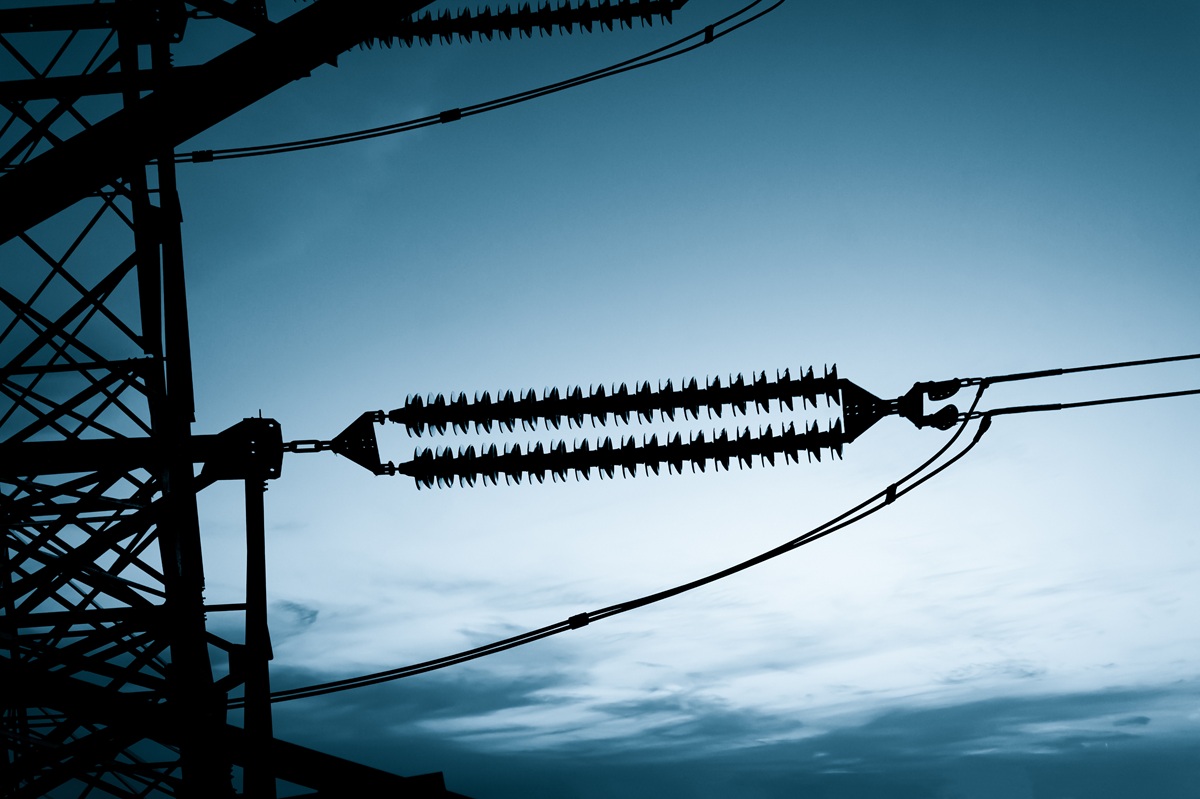The Role of a High Voltage Load Break Switch in Modern Power Distribution

Modern electrical system needs safety, reliability, and control. Power distribution equipment needs to be able to manage heavy loads and alternate them without relying on them to break or stop without a challenge, whether the load is to be distributed in an industrial or public facility. A Voltage Load Break Switch is one such essential part. Being applied to medium- and high-voltage systems, this switch is significant as it allows for isolating the system’s elements and making maintenance safe. Let’s have a simple breakdown of what is necessary and where it is applied.
What Is a High-Voltage Load Break Switch?
The High Voltage Load Break Switch is designed to open or close the electrical circuit against load in a safe manner. It also does not need any extra protection gear to interrupt current, unlike a typical isolator switch. Applications: It is typically applied to systems with a voltage between 11 kV and 36 kV, or in some cases, higher. When open, the switch leaves a visible opening in the circuit, indicating to all technicians that there is no connection installed in the line, making it safer to perform any job on the circuit.
Why It Matters in Power Distribution
- Improves System Safety
- It helps reduce risks by safely disconnecting power during repairs or in emergencies. The clear visual break provides extra confidence for maintenance crews.
- Reduces Downtime
- Load break switches enable the isolation of specific sections of a grid without shutting down the entire system. This means quicker fault detection and shorter repair times.
- Supports Grid Flexibility
- With the ability to disconnect and reconnect parts of the network, power companies can reroute electricity as needed. This ensures the power remains uninterrupted, even if part of the system is offline.
- Ideal for Rural and Urban Networks
- Whether in crowded city settings or remote areas, these switches are designed for use with overhead lines and substations in a wide range of environments.
Understanding the Role of a Load Transfer Switch
While the High Voltage Load Break Switch is designed to break the load safely, the Load Transfer Switch is used to shift the electrical load between two power sources. It’s commonly seen in backup power setups, like between a main utility line and a generator.
Here’s why it’s useful:
- Ensures Constant Power Supply
- If one power source fails, the Load Transfer Switch moves the load to the alternate supply almost instantly.
- Protects Sensitive Equipment
- Many industrial machines and servers can’t afford sudden shutdowns. A load transfer switch prevents disruptions by keeping power steady.
- Used in Emergency Power Systems
- Hospitals, data centres, and critical infrastructure rely on this switch for uninterrupted operations during outages.
- Automatic or Manual Options
- Depending on the setup, these switches can operate independently or be manually controlled.
Where You’ll See These Switches
- Substations
- Distribution panels
- Industrial plants
- Hospitals and critical infrastructure
- Renewable energy farms
- Remote power grids
A Trusted Source for Electrical Equipment
In the case of supplying reliable units, such as a High Voltage Load Break Switch or a Load Transfer Switch, companies would seek quality, safety, and performance in the long run. Sasun International Electric Co., Ltd is one of such reliable suppliers. They offer a wide range of products designed to meet the new era of electrical requirements, including overhead line accessories and power system equipment.
Final Thoughts
The High Voltage Load Break Switch and Load Transfer Switch are crucial in ensuring that electrical systems are safe, reliable, and efficient. Through their use, maintenance is smooth, fewer incidents occur, and the power supply is easier to control, regardless of the network’s size. In both cases, industries and utilities can benefit from investing in suitable switching equipment, which is evident in daily operations.



